
Grey crows and seagulls flying in the distance.

Grey crows and seagulls flying in the distance.


a french theme park has enlisted rooks, a species of crow, to help clean up cigarette butts and other trash. the smart crows were taught to put small pieces of garbage into a treat-dispensing box. while the theme park doesn’t feel that the crows will be able to handle a large-scale cleanup operation, they do hope they inspire human visitors to be more respectful.
(x)
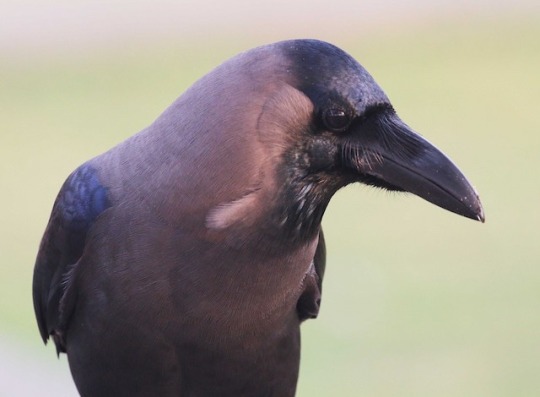

the house crow is a medium-sized crow that is native to asia, but has introduced populations throughout the world. the house crow’s neck and chest are grayish-brown, the shade varying based on location. like other crows, house crows are omnivores and opportunistically feed on small animals, human scraps, and insects.
(x)

a leucistic house crow, native to asia, perches on a ledge. while it was once believed that parent crows kicked white offspring out of the nest, that myth has been found to not be true – while abnormally colored crows may face social rejection, that usually happens once they have left the nest. leucistic crows do face other problems – they are easier targets for predators, and typically have weaker eyesight and feathers.
(x)


the rook is a large species of crow native to europe and asia, with an established introduced population in new zealand. rooks are distinct from other crows by the bare facial patch surrounding their beak. rooks are known for their intelligence, and in captivity have displayed several forms of tool use and a basic grasp of gravity.
(x)
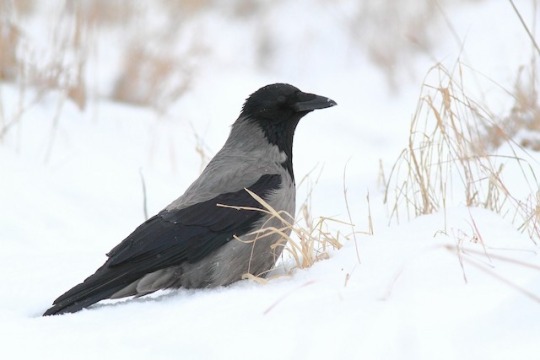

the hooded crow is a medium-sized crow species found in parts of europe and asia. they are one of few crow species with large amounts of a non-black color on the body, making them easy to differentiate from other black crows. they were once considered to be the same species as the carrion crow, as they sometimes hybridize, but genetic testing proved they are distinct species.
(x)

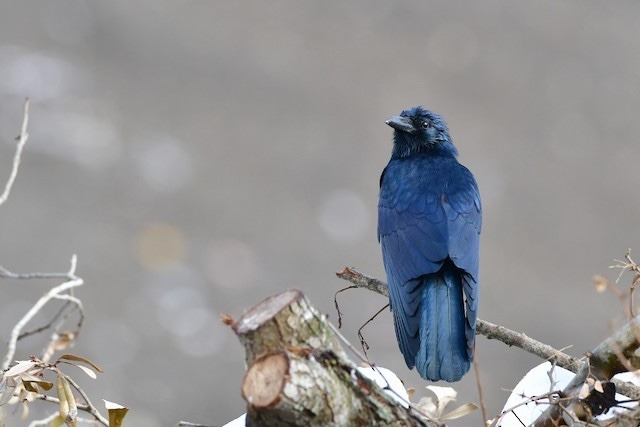
the tamaulipas crow is found in a relatively small range of northeastern mexico and parts of southern texas. this medium-sized crow is easily distinguishable from most other crows by their plumage; while it’s common for crows to have somewhat iridescent feathers, the tamaulipas crow has noticeable purple & blue coloration in the right light.
(x)
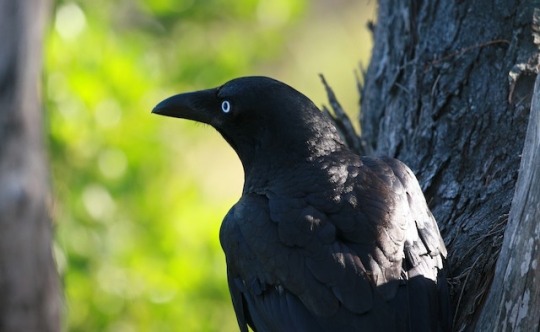
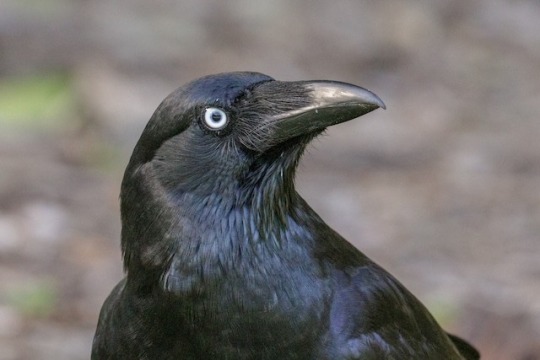
unlike most crows, several species of crow native to australia have light-colored eyes. the torresian crow has bright white irises. otherwise, australian crows are very similar to other continent’s crows.
(x)
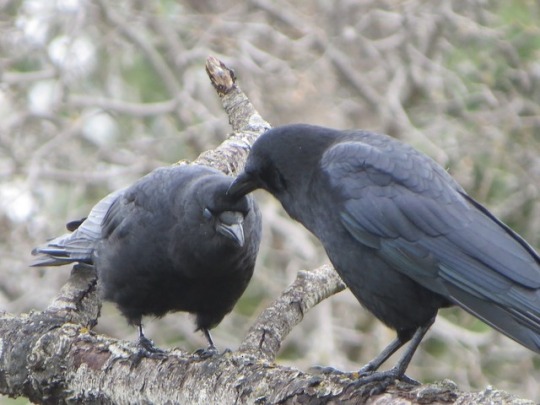
an american crow preens another’s head. crows not only preen their mates, but other flock members. they are highly social and devoted to other members of their flock.
(x)
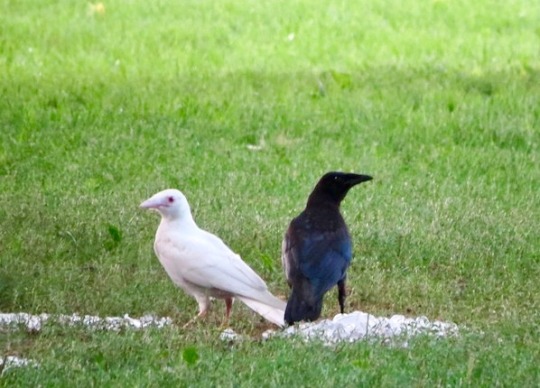
albino and normally colored american crows stand next to each other. albino crows rarely make it to adulthood; they are often ostracized by their peers, more visible to predators, and have weaker eyesight and feathers due to lack of melanin.
(x)